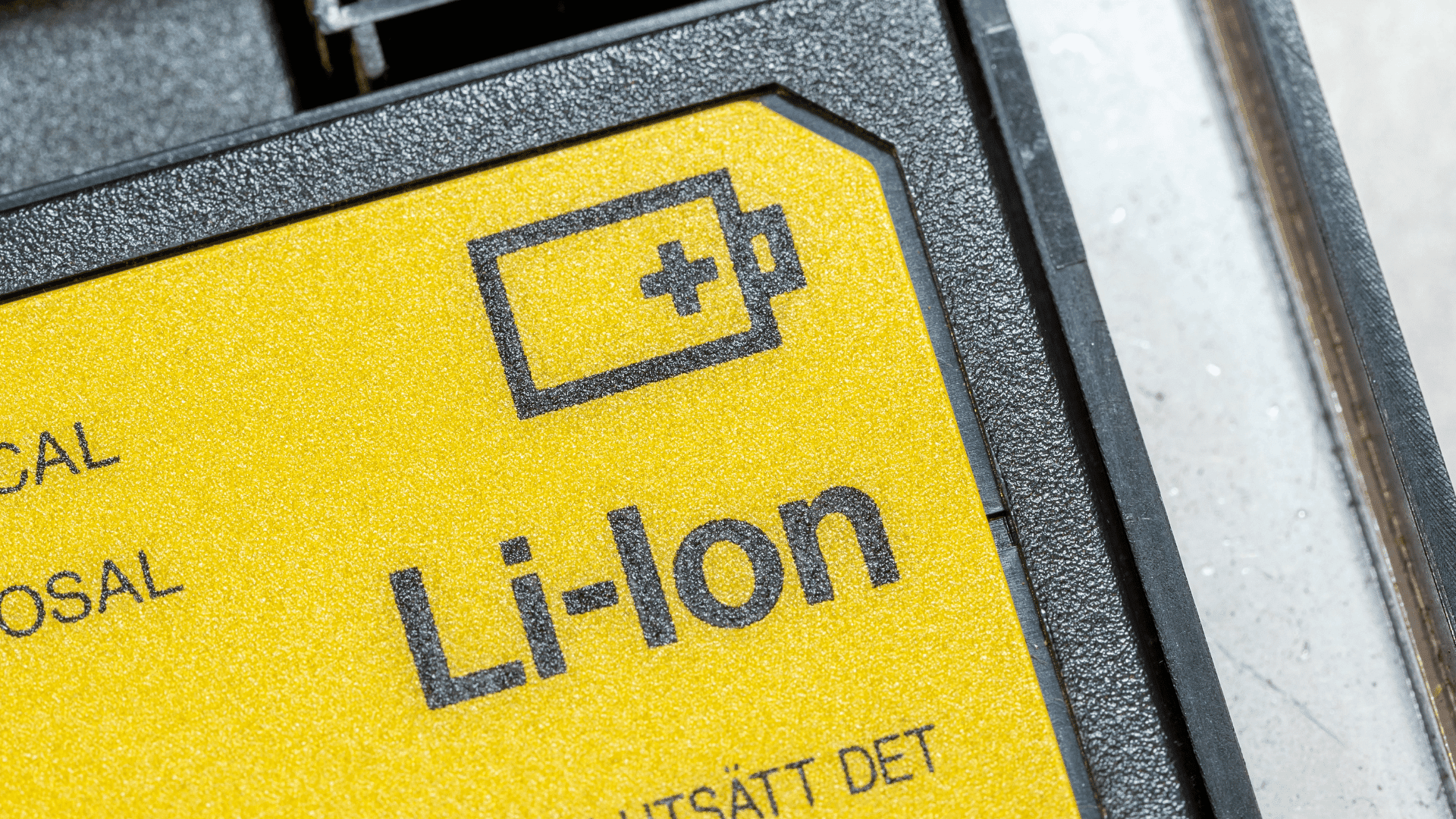Researchers developed a machine learning program to identify cardiovascular risks during routine clinical assessments. The AI program reportedly identifies potential cardiovascular events and risks of falls and fractures using bone density scans.
AI Cardiovascular Identification

Researchers applied the AI tool to vertebral fracture assessment (VFA) images from bone density scans of older women. They found that the AI algorithm evaluated the “presence and severity” of abdominal aortic calcification (AAC), a key factor in cardiovascular risk. As a result, the time required to assess AAC is significantly reduced. The algorithm reportedly analyzes thousands of images and generates AAC scores in under a minute. According to the researchers, it takes a trained specialist five to six minutes to analyze and record a score for one image.
Edith Cowan University (ECU) research fellow Dr. Cassandra Smith found that 58% of the older individuals who underwent a bone density screening had moderate to high levels of AAC. Additionally, Dr. Smith found that one in four of them were unaware of that when they came in for their routine test.
“Women are recognized as being under-screened and under-treated for cardiovascular disease,” Dr. Smith said. “This study shows that we can use widely available, low radiation bone density machines to identify women at high risk of cardiovascular disease, which would allow them to seek treatment.”
“People who have AAC don’t present any symptoms, and without doing specific screening for AAC, this prognosis would often go unnoticed,” she added. “By applying this algorithm during bone density scans, women have a much better chance of a diagnosis.”
Identifying Fall Risks and Fractures With AI
Dr. Smith notes that the higher the calcification in someone’s arteries, the higher the risk for falls or fractures.
“When we look at traditional falls and fracture risk factors, things like have you fallen in the past year and bone mineral density are generally very good indicators of how likely someone is to fall and fracture,” Smith said. “Some medications are also associated with higher fall risks. Rarely do we consider vascular health when considering falls and fractures.”
When the researchers applied the AI tool to bone density scans, it supplied additional information to clinicians regarding patients’ vascular health, an often-overlooked risk factor for falls and fractures.
“Our analysis uncovered that AAC was a very strong contributor to falls risks and was actually more significant than other factors that are clinically identified as falls risk factors,” Smith said.







